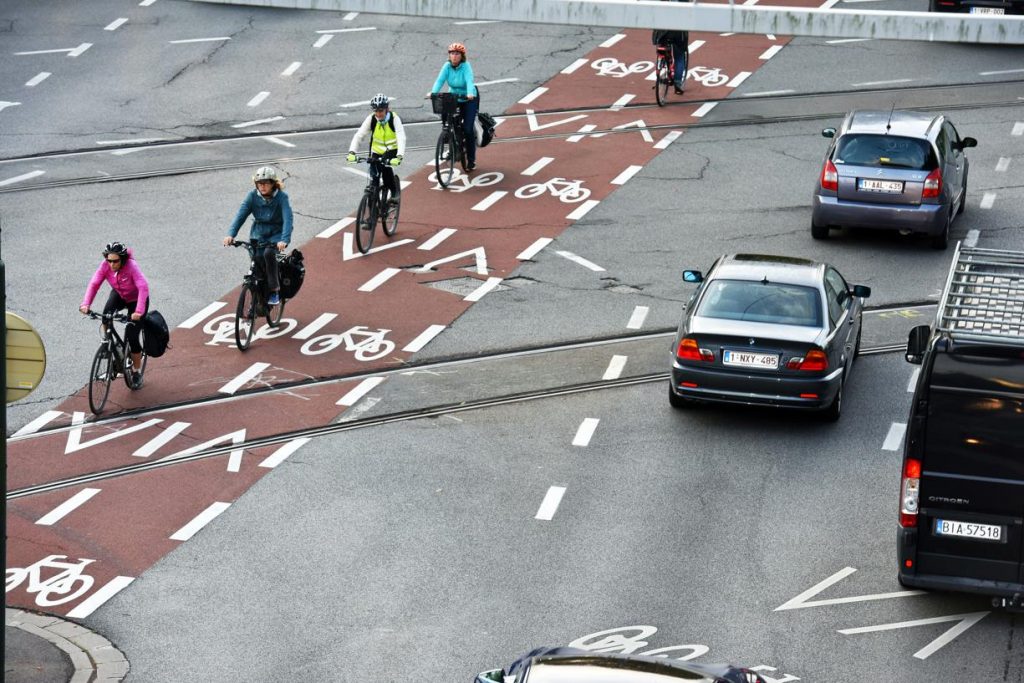The Flemish Government has been setting aside record amounts of money for cycle paths in the last few years, but the region is not spending this sizeable budget. Last year, just under €78 million of the €274.5 million provided was used.
After the rapid rise in cyclists on Belgian roads during the pandemic, various government levels moved to further bolster cyclists' safety and improve both physical infrastructure and the policies around cycling, such as the sharp increase in compensation for commuter cyclists, which everyone is now entitled to.
Especially in Flanders, the regional government is investing record amounts to this end. Mobility minister Lydia Peeters just last week boasted that the "speed at which the investments are happening is attracting attention across Europe". The 2023 budget provided almost €275 million for safer cycling infrastructure alone.
However, only a very small part of this budget is getting spent, Flemish MP Stijn Bex (Groen) said based on figures requested by his party. Only €77.9 million of this budget was used by November last year (28%). For the 2020-2024 period, €1.4 billion was provided. Of that, €463 million, or 33%, was effectively spent. "At that rate, it will still take more than 12 years to spend the funds provided," Bex told De Standaard.
The funds from the Copenhagen plan – to encourage municipalities to invest in cycling infrastructure – are reportedly not getting spent either. Of the €150 million planned, only €14 million was spent in three years.
However, the Peeters administration explained that for the 2023 budget, there is little to worry about. "That 28% only refers to what has effectively already been disbursed, but the budget has been outsourced. The projects are fixed or already running. The money is tied up and will be disbursed in tranches," her cabinet noted.
Slow process
Bex argued that money for cycle lanes is not the only thing that should be looked at, but that there should also be sufficient government staff to handle everything administratively, in terms of permits, and the follow-up of all kinds of procedures, for example, as there is not enough manpower to implement it at the administration.
Shortening the lengthy procedures themselves could also help as the rate at which safer bicycle lanes are being built has also been falling substantially for two years in a row.
However, traffic expert Willy Miermans (UHasselt) said it is not unusual that the construction of cycle tracks can sometimes take years. The main problem encountered here is stone roads, where expropriation is needed and where there are often sewerage works that are carried out at the same time. Protests sometimes also arise against the removal of parking spaces.
Miermans therefore has urged the government to avoid the stone roads and lay a network of cycle tracks through allotments and internal roads. "That is cheaper, goes faster and it is more pleasant to cycle there. The Netherlands has been doing that for years."

